1. Check the aerator
If you're experiencing weak hot water pressure in your kitchen sink, the first thing you should check is the aerator. This small mesh screen is located at the end of the faucet and can easily get clogged with mineral deposits and debris. A clogged aerator can greatly reduce the water flow and pressure, making it seem like your hot water pressure is weak. Remove the aerator and clean it thoroughly with a mixture of equal parts water and vinegar. This will help to dissolve any buildup and restore the water pressure.
2. Check the water supply valve
Another common cause of weak hot water pressure is a partially closed water supply valve. This valve is located under the sink and controls the flow of water into the faucet. If it is not fully open, it can restrict the water flow and pressure. Make sure the valve is fully open and check to see if the water pressure improves.
3. Check the water pressure regulator
Your home may also have a water pressure regulator, which is responsible for controlling the flow and pressure of water throughout the house. If this regulator is not functioning properly, it can lead to weak hot water pressure in your kitchen sink. Consult a professional plumber to check and adjust the regulator if needed.
4. Check the hot water heater
Weak hot water pressure in your kitchen sink may also be a sign that your hot water heater needs to be serviced or replaced. Over time, sediment and mineral deposits can build up in the tank, reducing its efficiency and affecting the water pressure. Have a professional plumber inspect your hot water heater and perform any necessary maintenance or repairs.
5. Check for clogs in the pipes
If you have checked the aerator and valves and the hot water pressure is still weak, the issue may be a clog in the pipes. Over time, debris and mineral deposits can build up in the pipes, restricting the flow of water. You can try using a plunger or a plumbing snake to clear the clog, but if it persists, it is best to call a professional plumber.
6. Check the hot water valve under the sink
There is a hot water valve located under your kitchen sink that controls the flow of water to the faucet. If this valve is not fully open, it can restrict the water flow and pressure. Make sure the valve is fully open and check to see if the water pressure improves.
7. Check the hot water valve on the hot water heater
In addition to the hot water valve under the sink, there is also a valve on the hot water heater itself. This valve controls the flow of hot water to the rest of the house. If it is not fully open, it can affect the hot water pressure in your kitchen sink. Check this valve and make sure it is fully open.
8. Check for leaks in the pipes
A leak in the hot water pipes can also cause weak hot water pressure in your kitchen sink. Even a small leak can affect the water flow and pressure. Inspect the pipes under the sink and in the walls for any signs of leaks. If you find a leak, it is best to call a professional plumber to repair it.
9. Check the hot water valve on the main water supply line
There is a main water supply line that brings water into your home, and there is a hot water valve on this line as well. If this valve is not fully open, it can restrict the hot water flow and pressure. Make sure it is fully open and check to see if the hot water pressure improves.
10. Check the hot water valve on the individual fixture
Finally, if you have checked all of the above and are still experiencing weak hot water pressure in your kitchen sink, the issue may be with the individual fixture. There is a hot water valve located on each fixture, such as the sink, shower, and bathtub. Make sure these valves are fully open and check to see if the hot water pressure improves.
In conclusion, weak hot water pressure in your kitchen sink can be caused by a variety of factors. It is important to check each potential cause to determine the source of the issue. If you are unable to resolve the problem on your own, it is best to consult a professional plumber for assistance. Don't let weak hot water pressure affect your daily tasks in the kitchen – take action and enjoy a strong and steady flow of hot water once again.
Kitchen Sink Hot Water Pressure Weak: Exploring the Potential Causes and Solutions

Diving Into the Issue
 Are you experiencing weak hot water pressure in your kitchen sink? If so, you're not alone. This common household problem can be frustrating and inconvenient, especially when trying to wash dishes or fill a pot with hot water. But before you call a plumber, it's important to understand the potential causes of this issue and explore possible solutions.
Are you experiencing weak hot water pressure in your kitchen sink? If so, you're not alone. This common household problem can be frustrating and inconvenient, especially when trying to wash dishes or fill a pot with hot water. But before you call a plumber, it's important to understand the potential causes of this issue and explore possible solutions.
The Main Culprits
 There could be several reasons why your kitchen sink hot water pressure is weak. One of the main culprits could be a clogged aerator. The aerator is the small mesh screen at the end of your faucet that helps regulate the water flow. Over time, mineral deposits and debris can build up and block the flow of water, resulting in weak pressure.
Another possible cause could be a faulty or outdated water heater. If your water heater is old or not functioning properly, it may not be able to produce enough hot water to maintain strong pressure. Additionally, if your kitchen sink is located far from the water heater, it may take longer for the hot water to reach the faucet, resulting in weaker pressure.
There could be several reasons why your kitchen sink hot water pressure is weak. One of the main culprits could be a clogged aerator. The aerator is the small mesh screen at the end of your faucet that helps regulate the water flow. Over time, mineral deposits and debris can build up and block the flow of water, resulting in weak pressure.
Another possible cause could be a faulty or outdated water heater. If your water heater is old or not functioning properly, it may not be able to produce enough hot water to maintain strong pressure. Additionally, if your kitchen sink is located far from the water heater, it may take longer for the hot water to reach the faucet, resulting in weaker pressure.
Possible Solutions
 Before calling a professional, there are a few things you can try to improve your kitchen sink hot water pressure. First, check the aerator and clean or replace it if necessary. This may solve the issue if it was simply a buildup of debris causing the weak pressure.
If the problem persists, it may be time to replace your water heater. Consider upgrading to a more efficient model that can provide consistent hot water and stronger pressure. You may also want to consider installing a hot water recirculation system, which can help deliver hot water to your kitchen sink faster.
Before calling a professional, there are a few things you can try to improve your kitchen sink hot water pressure. First, check the aerator and clean or replace it if necessary. This may solve the issue if it was simply a buildup of debris causing the weak pressure.
If the problem persists, it may be time to replace your water heater. Consider upgrading to a more efficient model that can provide consistent hot water and stronger pressure. You may also want to consider installing a hot water recirculation system, which can help deliver hot water to your kitchen sink faster.
Conclusion
 Weak hot water pressure in your kitchen sink can be a frustrating problem, but it's important to explore the potential causes and solutions before calling a professional. By checking the aerator and considering the age and location of your water heater, you can determine the best course of action to improve your hot water pressure and make your kitchen sink more functional and efficient.
Weak hot water pressure in your kitchen sink can be a frustrating problem, but it's important to explore the potential causes and solutions before calling a professional. By checking the aerator and considering the age and location of your water heater, you can determine the best course of action to improve your hot water pressure and make your kitchen sink more functional and efficient.


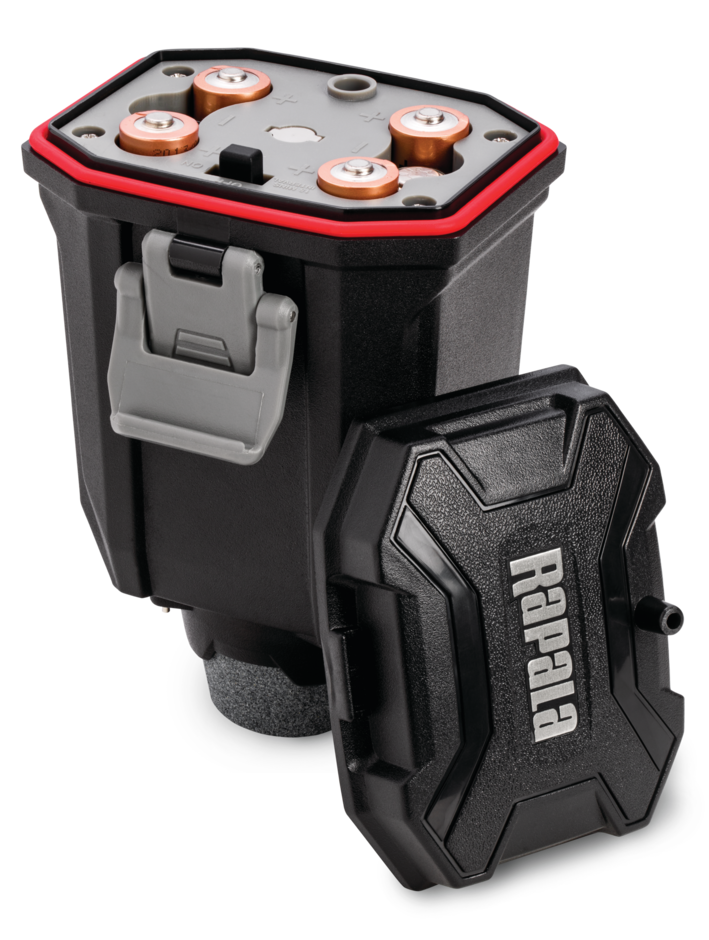







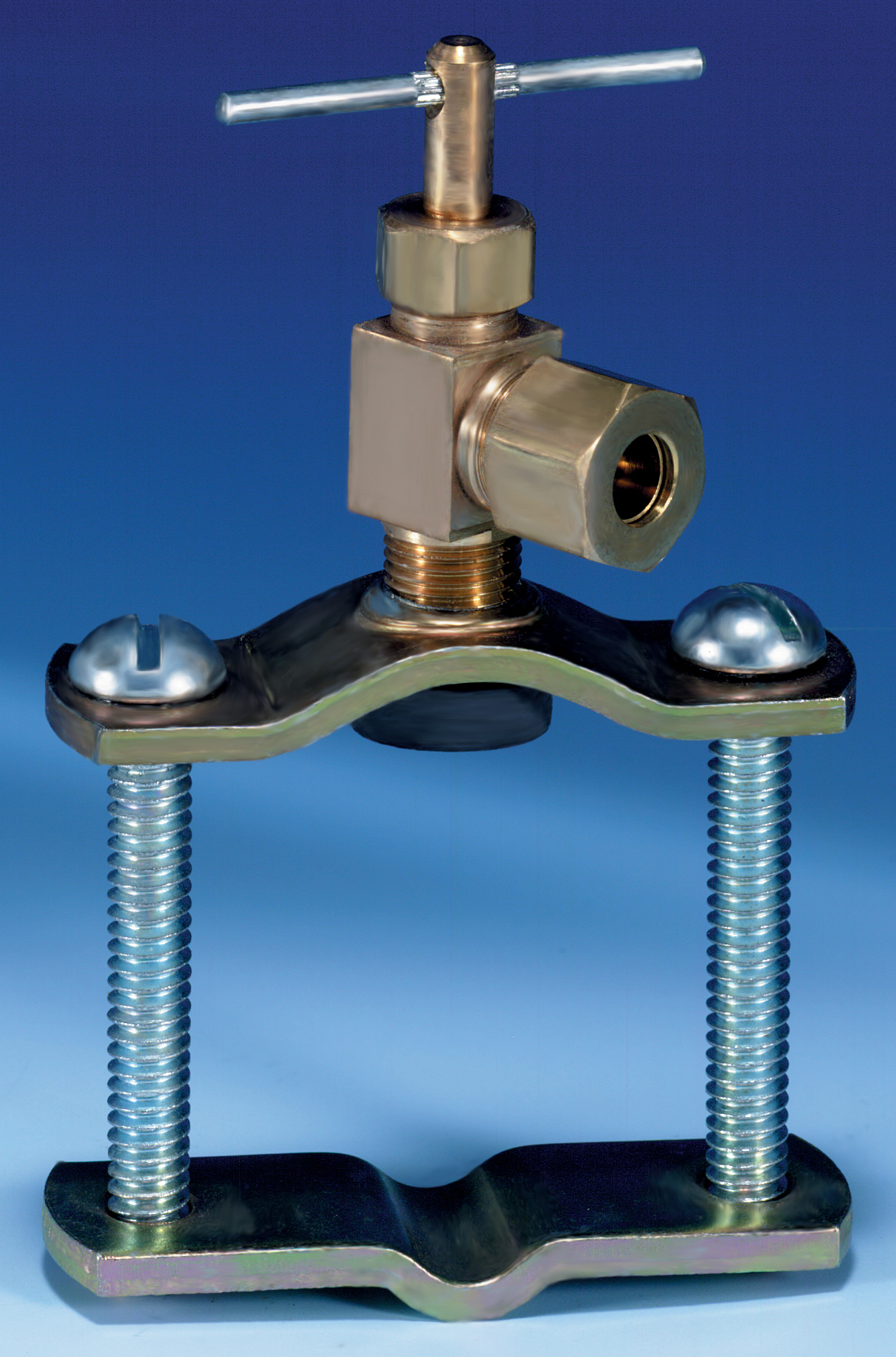





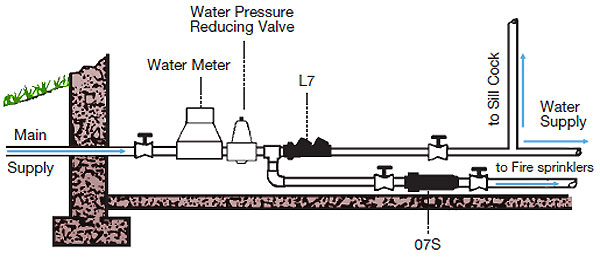





:max_bytes(150000):strip_icc()/the-men-s-hand-opens-the-ball-valve-on-the-collector-1006810456-5c5fc73fc9e77c000159c4af.jpg)









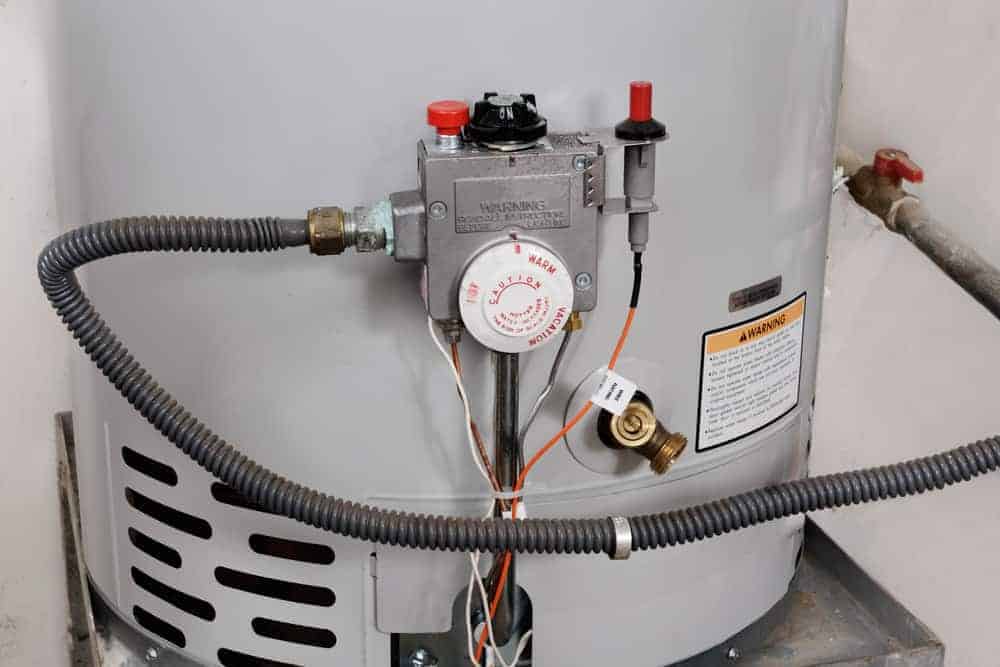
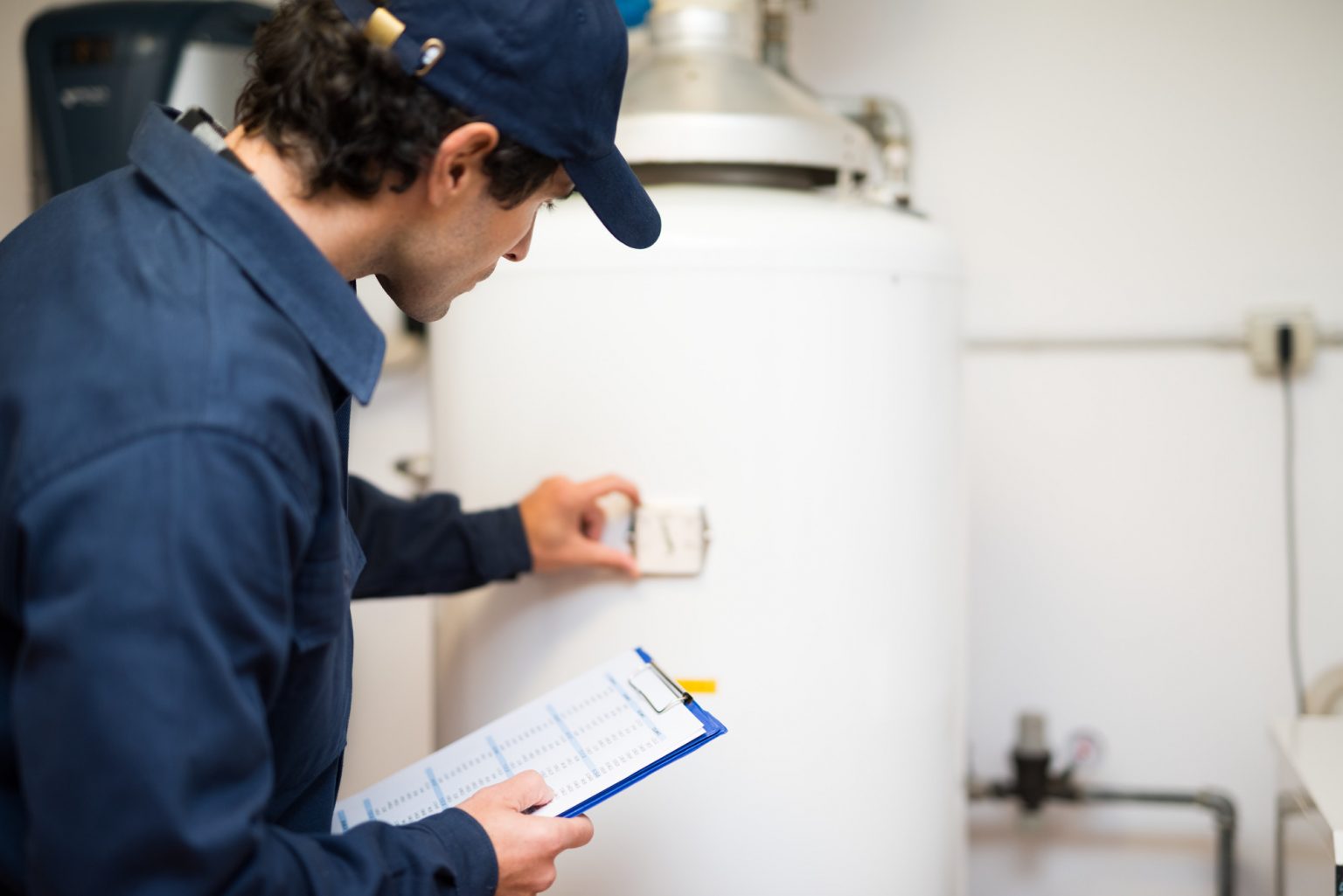
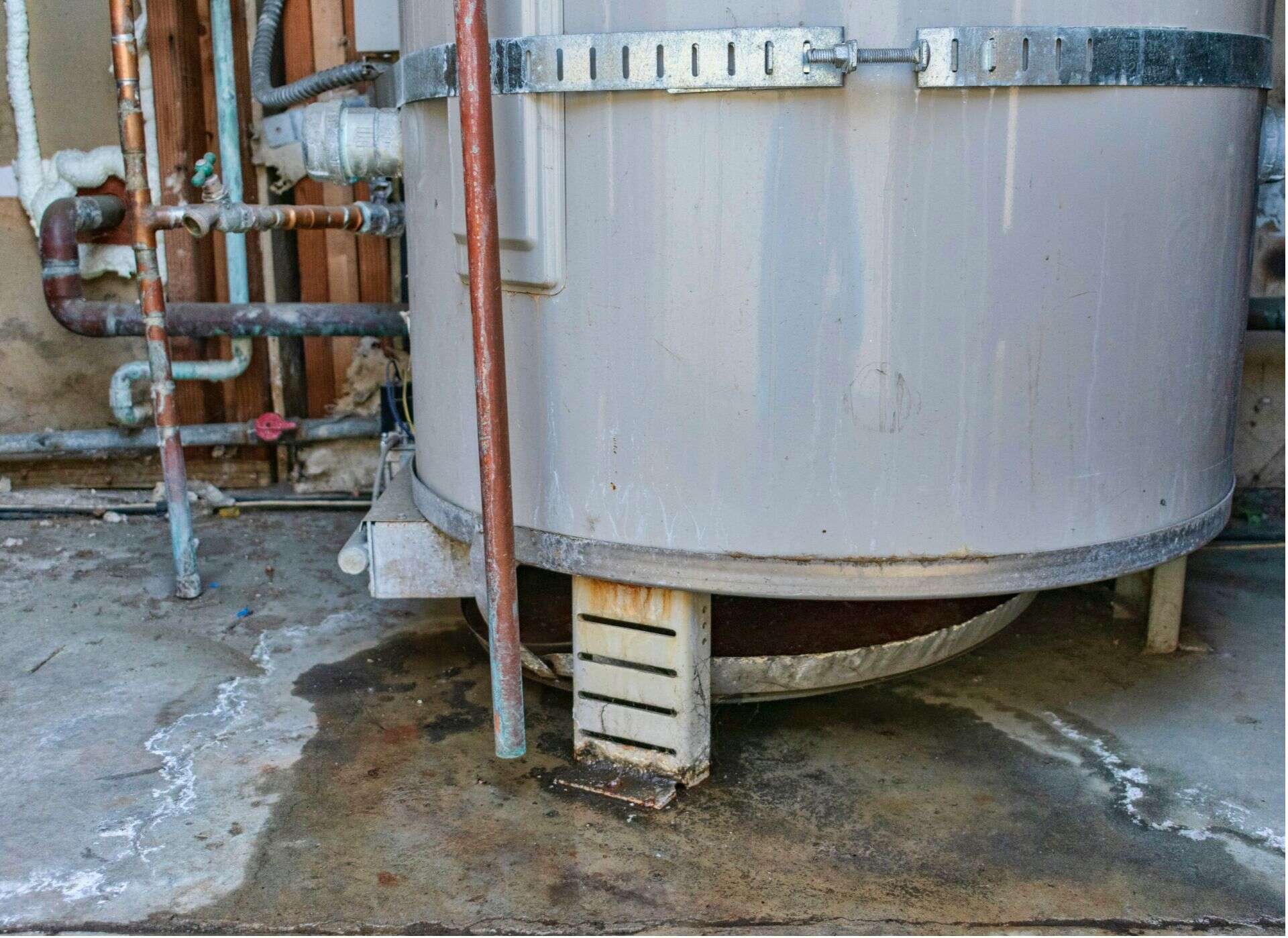



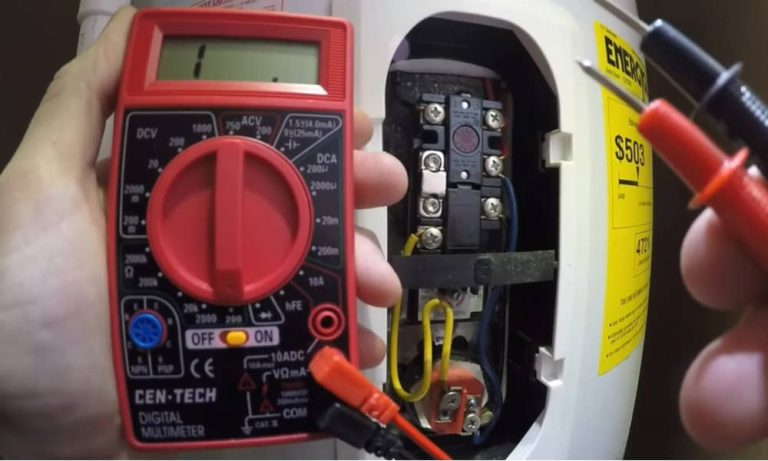














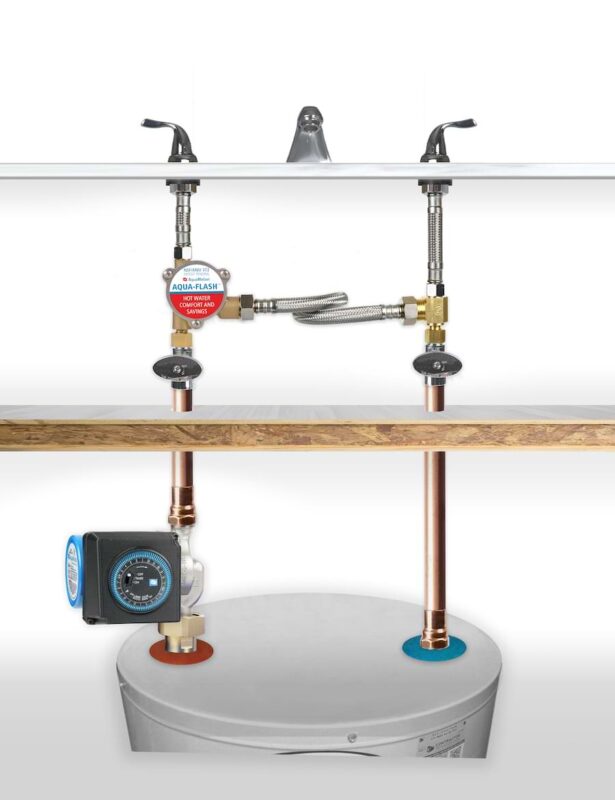
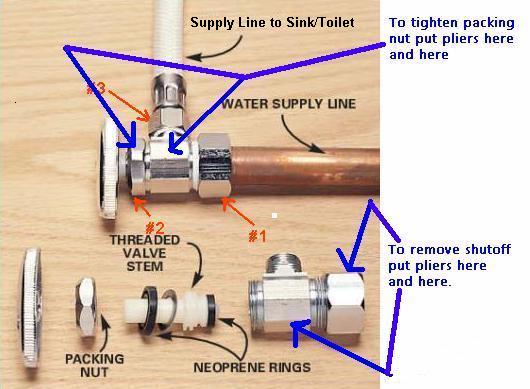
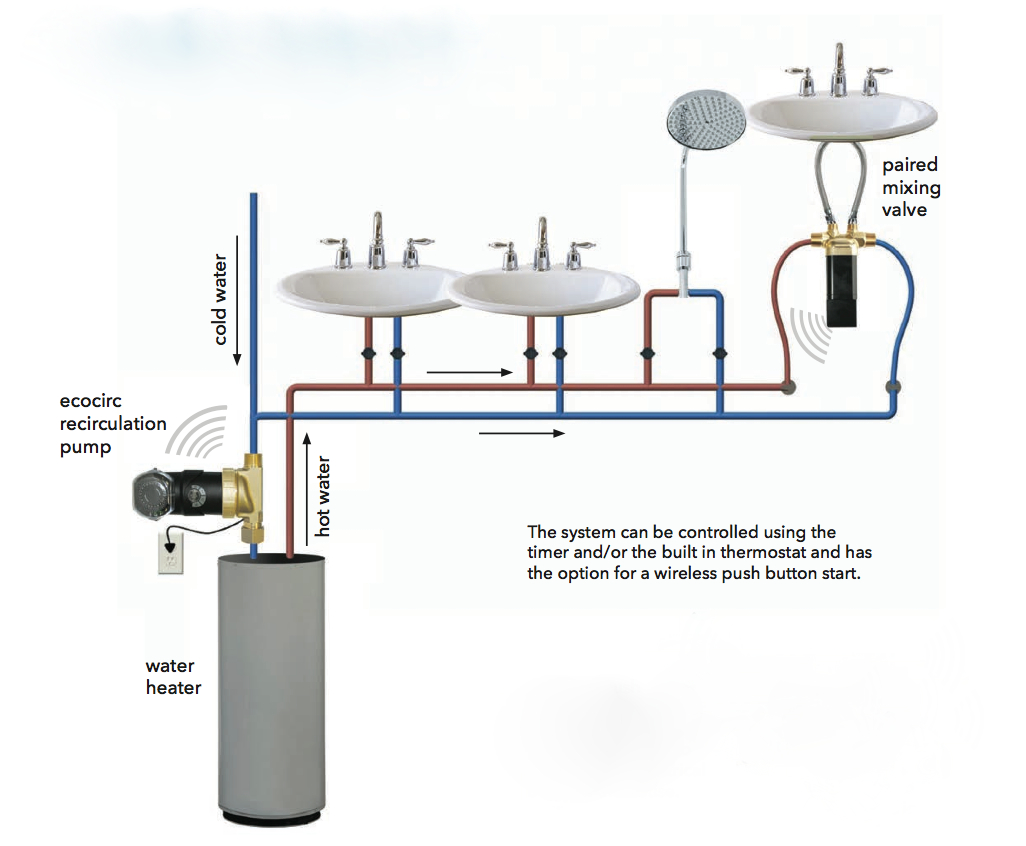





/sink-pipe-under-wash-basin-119001607-75542e154b364e7bb52032249f293908.jpg)
/cdn.vox-cdn.com/uploads/chorus_image/image/65889227/sink_shutoff_valves_x.0.jpg)
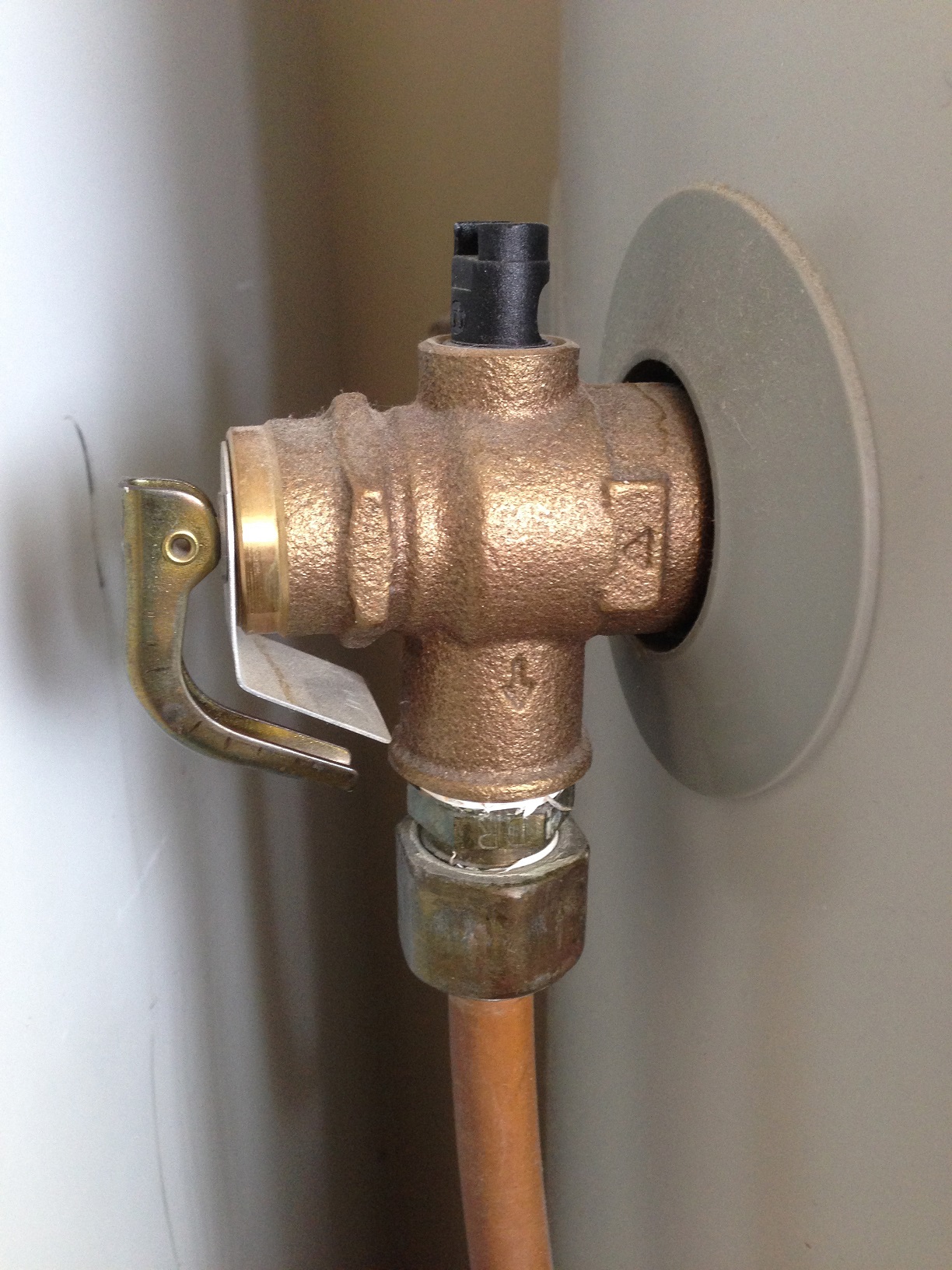

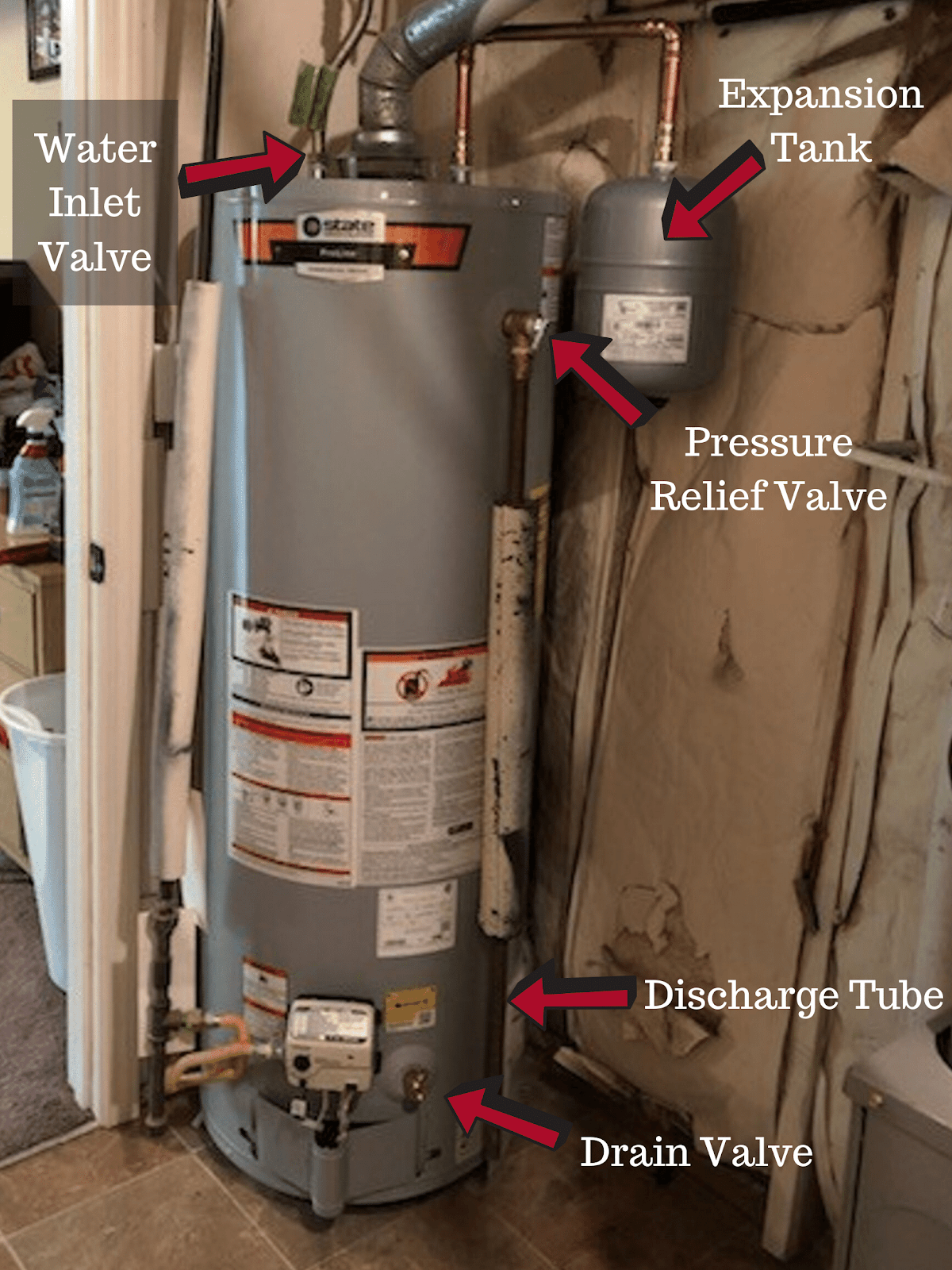





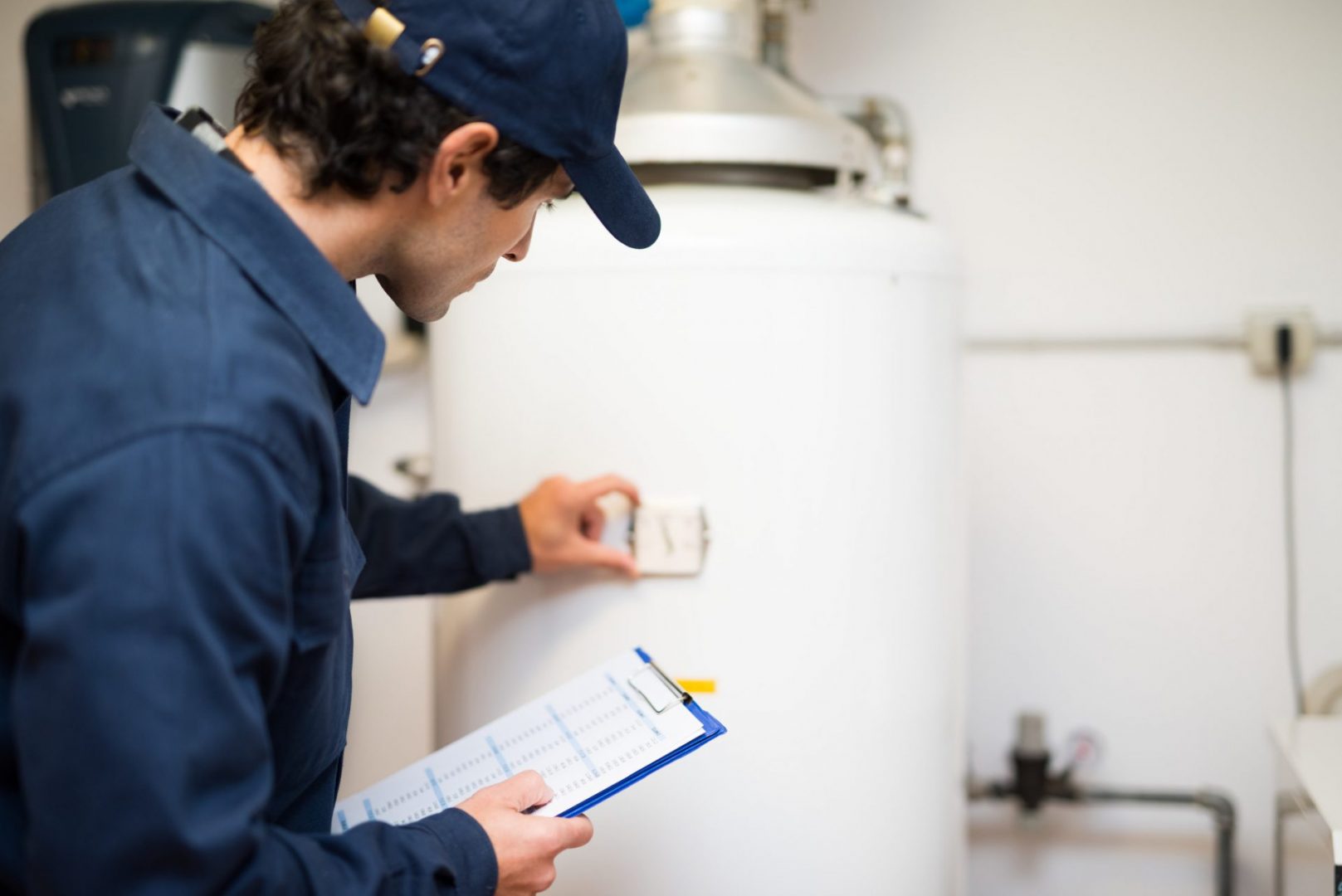
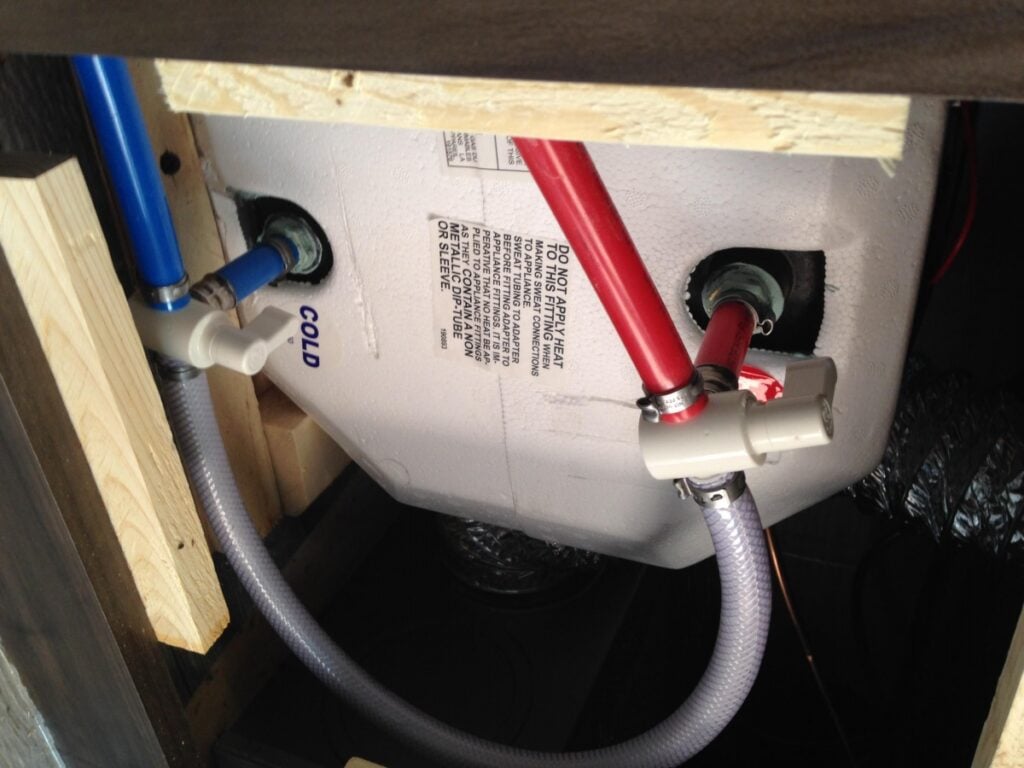





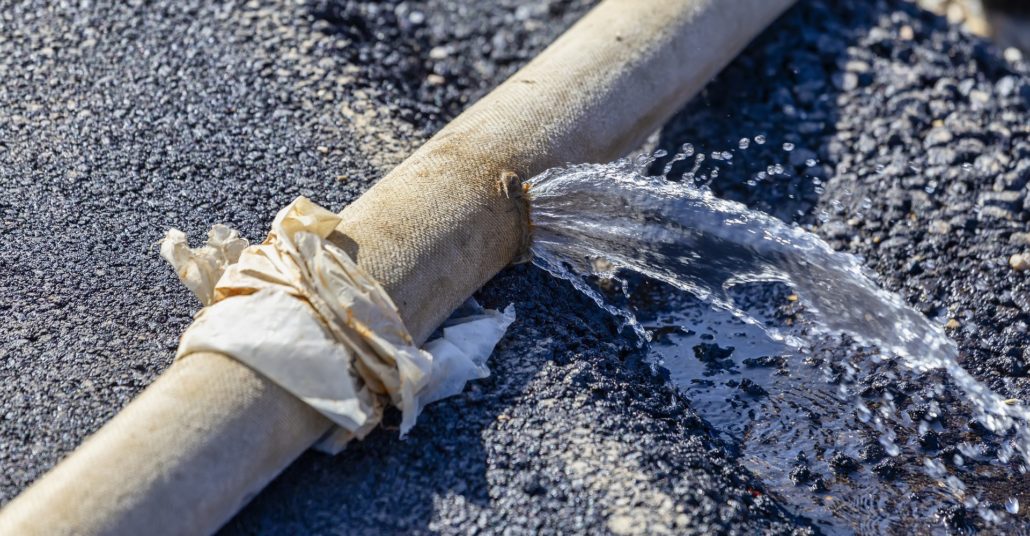



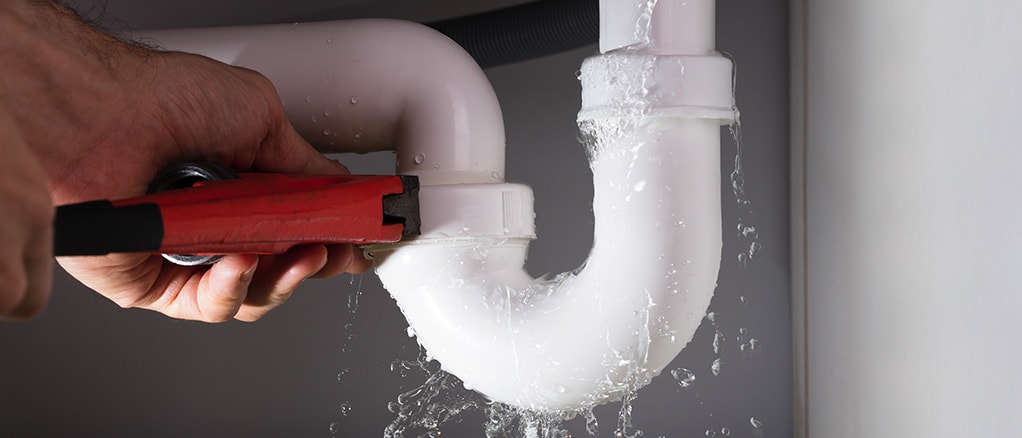

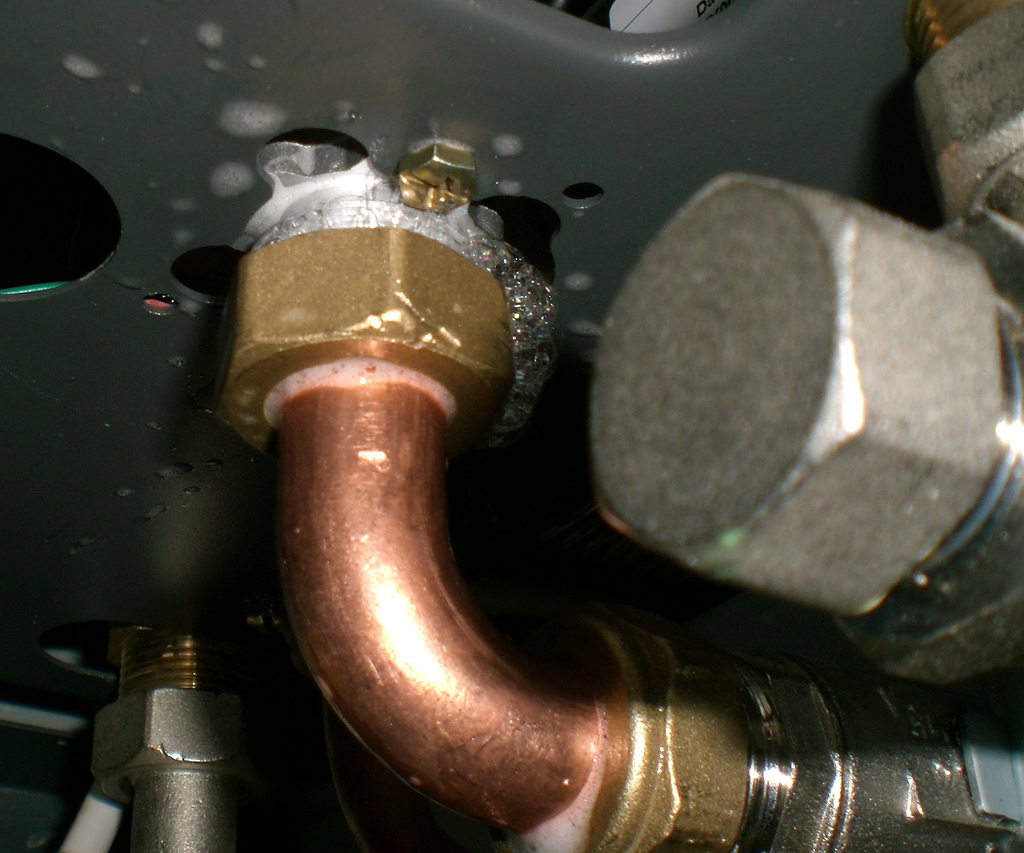
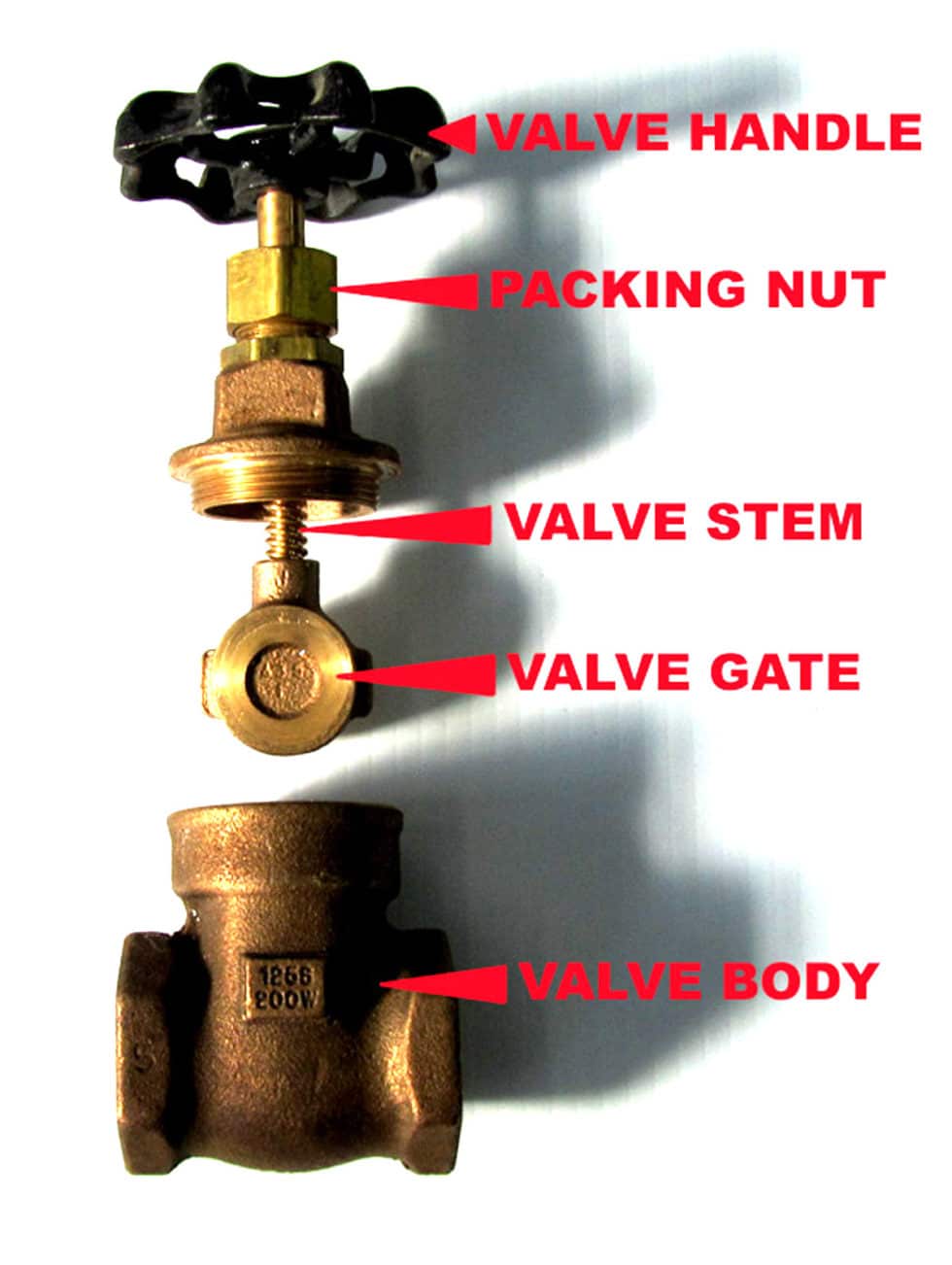

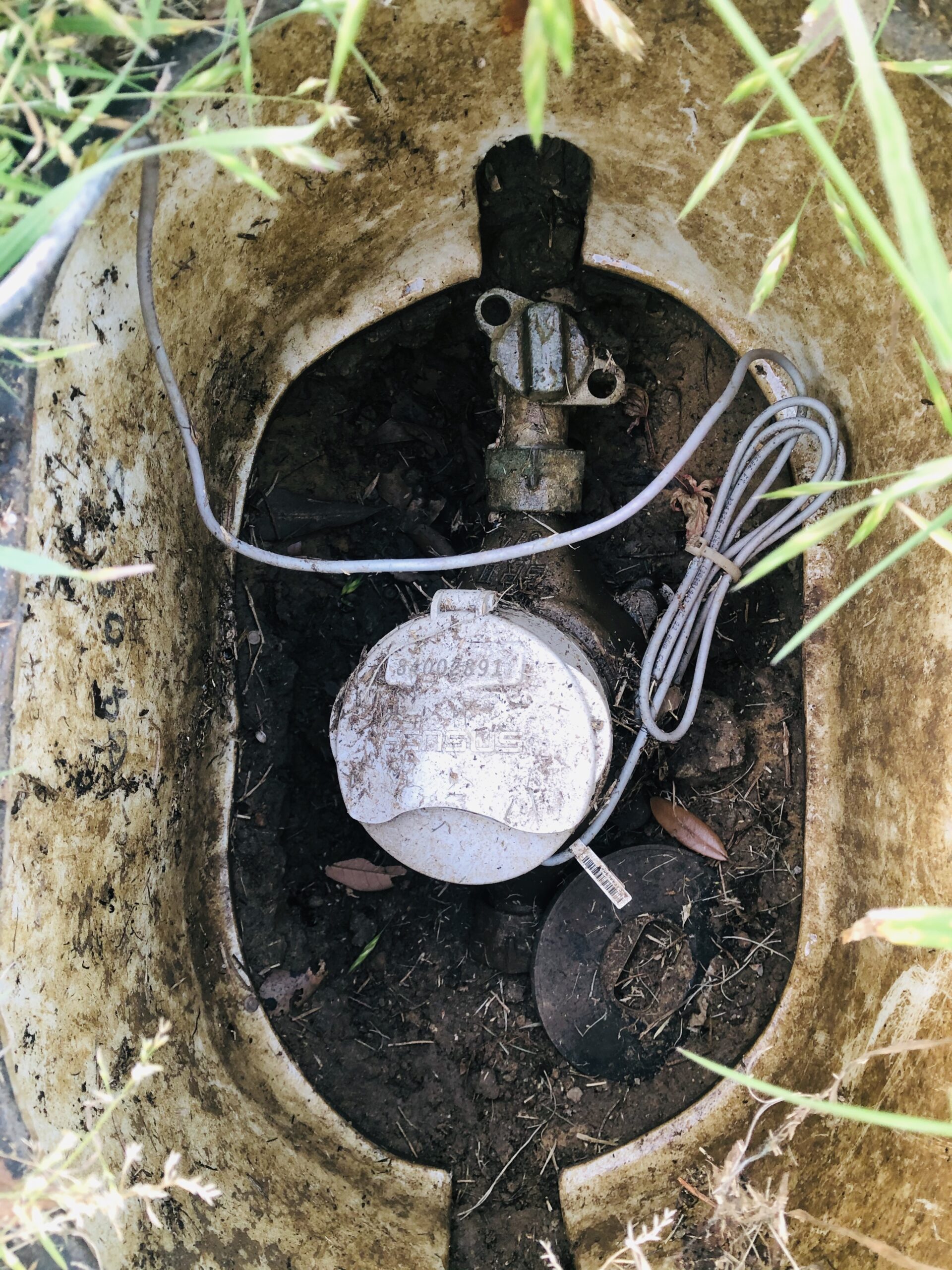
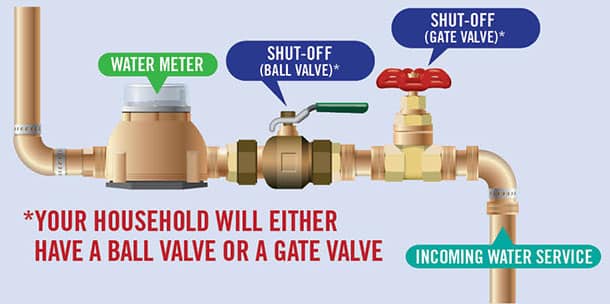
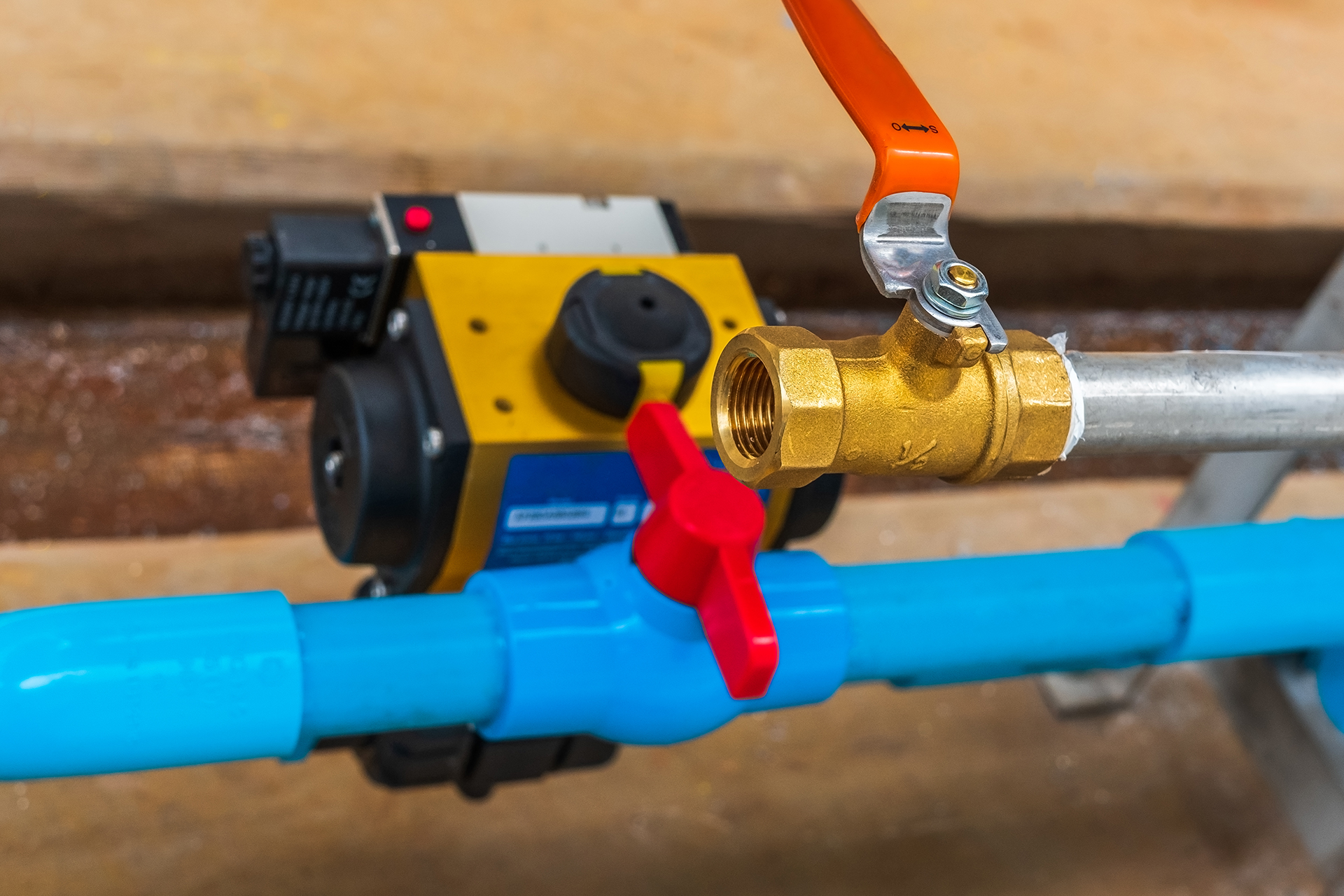
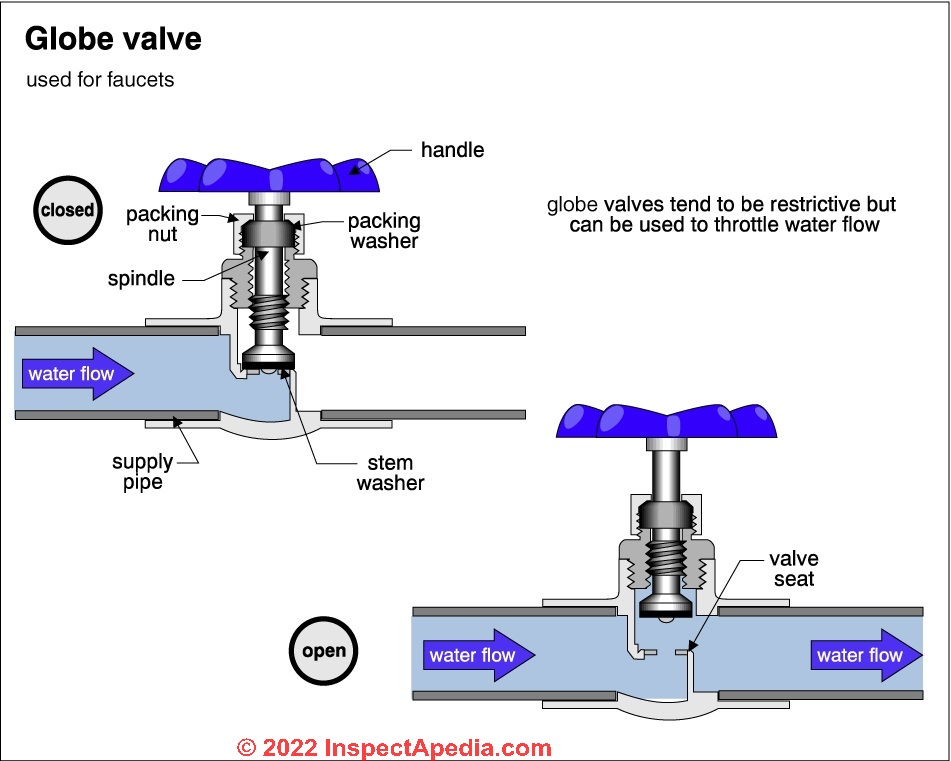


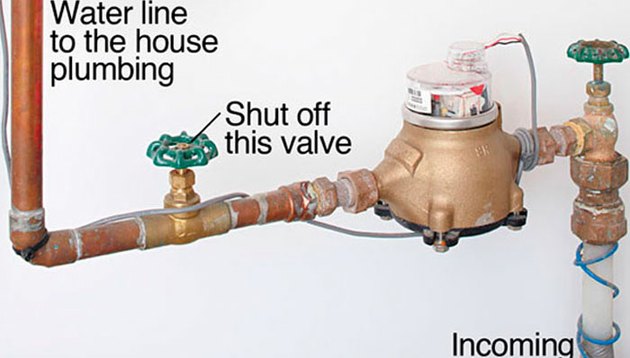





/makeoveroftheweek_franchise_imagetreatment_FINALforedit-6141d52fb5574855b365512a8df04d1a.png)



:no_upscale()/cdn.vox-cdn.com/uploads/chorus_asset/file/18310610/Virgil_s_4.jpg)

